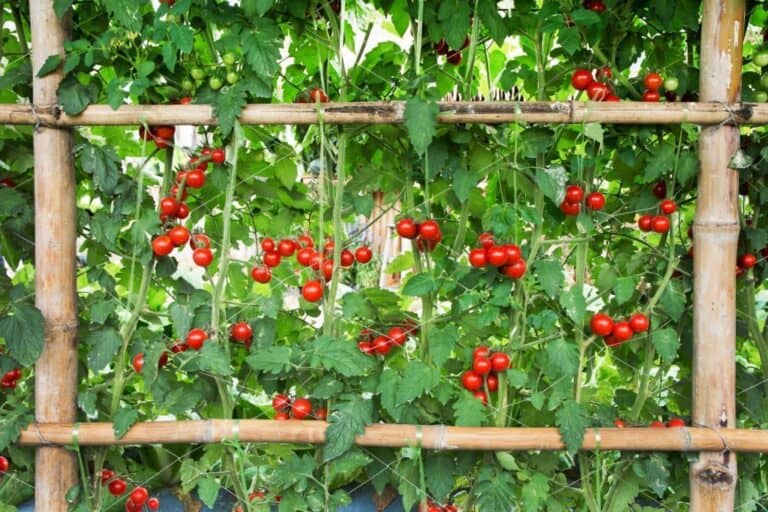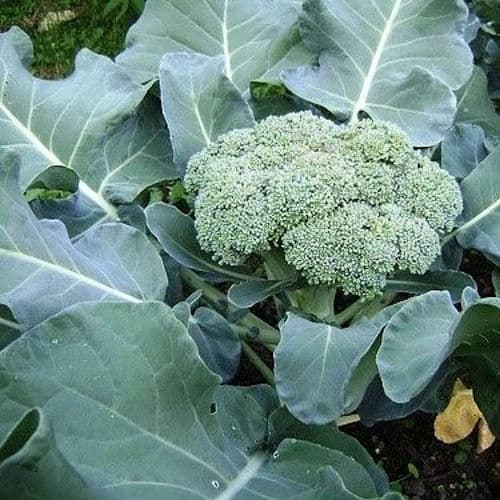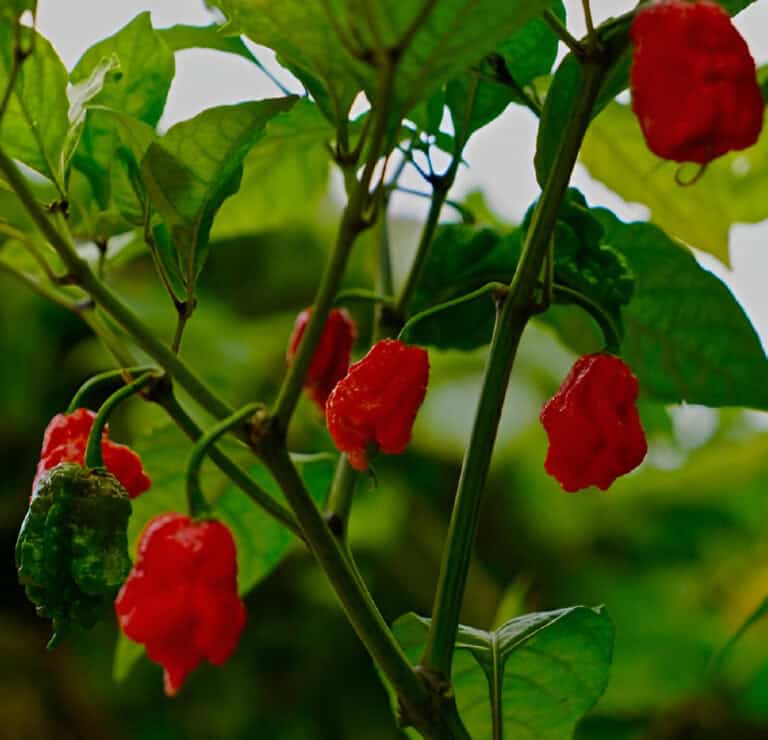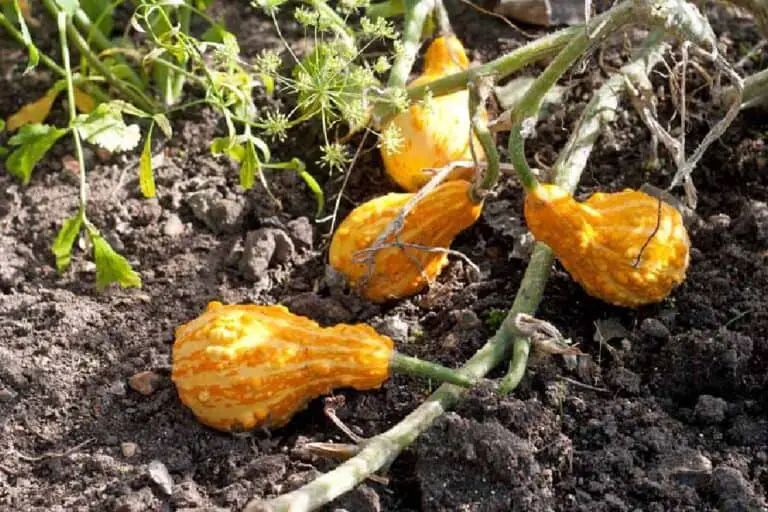Zucchini Transplant Shock: A Gardener’s Guide to Successful Recovery

Growing zucchini plants can be truly rewarding. Especially when you witness their vibrant green leaves and bountiful harvests. Many gardeners start zucchinis from seeds. However, transplanting seedlings offers numerous benefits. It can significantly boost the success of your gardening endeavors.
Transplantation may seem like a simple task to some, but its importance cannot be overstated. It is critical for the survival and subsequent productivity of delicate young seedlings that you move them carefully from one environment to another. It is during this transition period that plants face what experts call transplant shock.
If not properly managed, this shock can lead to stunted growth or, even worse, the death of the plant itself. However, with careful planning and proven techniques, you can significantly minimize the impact of transplant shock on your precious zucchinis.
Whether you are new to gardening or an experienced green thumb, join us to unlock the secrets to successful transplantation.
Understanding Zucchini Transplant Shock
Transplant shock is a phenomenon that occurs when plants are moved from one environment to another. It causes temporary stress and a decline in their overall health.
This can happen for various reasons. Changes in temperature, light exposure, soil composition, humidity levels, or even physical damage during the transplanting process may cause this. Zucchini plants are particularly susceptible to transplant shock due to their delicate root systems and sensitive nature.
When zucchini plants are uprooted and replanted elsewhere, they experience significant challenges. These challenges contribute to transplant shock. One of the primary challenges is the disruption of their root structures. The act of digging out the plant from its original location causes damage to the fine roots responsible for nutrient absorption. As a result, zucchini plants struggle to absorb essential elements like water and minerals efficiently.
Furthermore, transport and handling during transplantation can also cause physical stress on zucchini plants. Rough handling or improper packing may lead to the bruising or tearing of leaves and stems. These injuries not only weaken the plant’s overall vitality but also make it more vulnerable to diseases and pests.
Another significant challenge that zucchini plants face during transplantation is acclimating to new environmental conditions. Changes in temperature, sunlight exposure levels, or humidity can be a shock to these tender plants. They were accustomed to specific conditions before.
As a result, they might undergo physiological distress, leading them into a temporary state of decline until they adapt adequately.
Symptoms of Transplant Shock in Zucchinis
Before you can effectively treat transplant shock in your zucchini plants, you must recognize the symptoms. Here are some common signs that your zucchinis may be experiencing transplant shock:
- Wilting Leaves: Zucchini plants may exhibit wilting or drooping leaves shortly after transplantation.
- Stunted Growth: Instead of growing vigorously, your zucchini plants may appear stunted or have slowed growth.
- Yellowing Leaves: Leaves may turn yellow or develop brown spots, indicating nutrient deficiencies or stress.
- Root Rot: Excessive moisture or damage to the roots during transplantation can lead to root rot, which manifests as dark, mushy roots.
Preparing Zucchini Plants for Transplantation
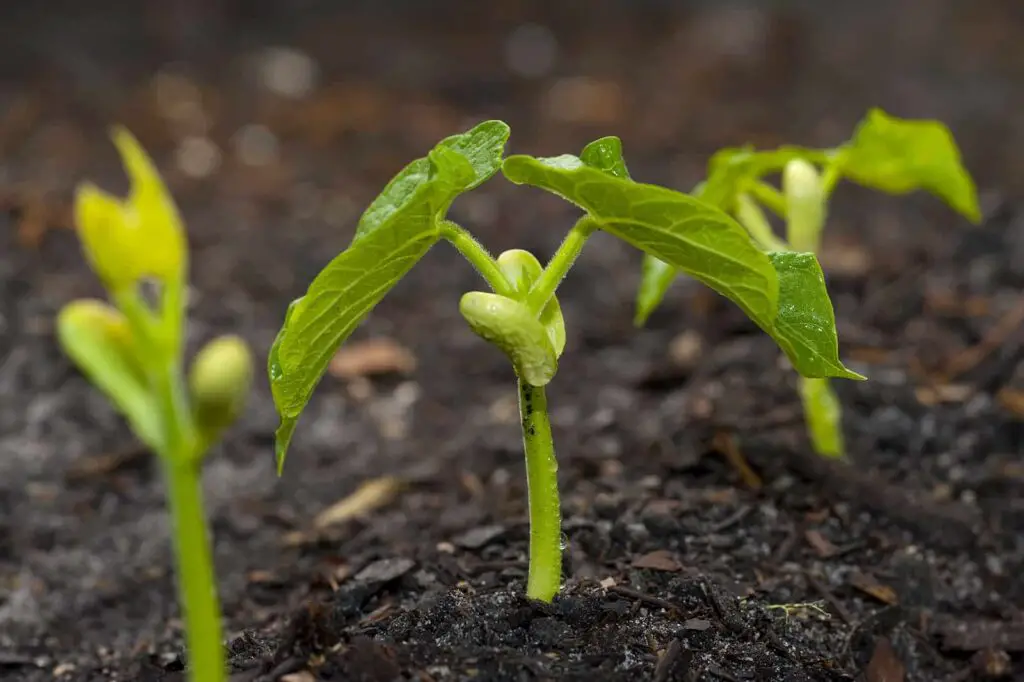
a) Selecting healthy seedling transplants that are suitable for transplantation.
Before transplanting zucchini plants, it is crucial to choose healthy seedling transplants. They will thrive in their new environment. Look for seedlings with strong stems and vibrant green leaves. Avoid purchasing leggy or weak-looking plants, as they may struggle to adapt and establish themselves after transplantation.
To ensure successful transplantation, opt for younger seedlings rather than more mature ones. Younger plants have a better chance of adapting to the shock of being uprooted from their original containers. They also tend to develop stronger root systems once planted in their final location.
b) Gradually acclimatizing young plants to outdoor conditions prior to transplantation.
One common mistake when transplanting zucchini plants is subjecting them to harsh outdoor conditions immediately. Without proper preparation, sudden exposure to direct sun, wind, and fluctuating temperatures can cause severe stress. This is known as transplant shock.
To avoid this, provide a period of gradual acclimatization for your young zucchini plants. Then, expose them fully outdoors. Start by placing them outside in a sheltered spot where they receive partial sunlight during the day. This will allow them to gradually adjust to the natural elements. They will still have some protection against extreme weather conditions.
Over time, slowly increase the duration and intensity of their exposure. Keep doing so until they can withstand full sun and regular outdoor temperatures without any adverse effects on growth or health.
By taking these steps beforehand, you’ll help your zucchini plants’ transition go smoothly. You’ll minimize transplant shock and set them up for success in their new home.
Choosing an Optimal Planting Location
Selecting the right planting location is crucial for the overall health and productivity of zucchini plants. This is especially important when transplanting them. One of the key factors to consider is the condition of the soil.
Zucchini plants thrive in well-draining soil, so it’s important to ensure that the chosen location has good drainage. This means avoiding areas with heavy clay or compacted soils that retain water. To improve drainage in your garden beds, you can amend the soil with organic matter such as compost or aged manure.
In addition to proper soil conditions, sunlight exposure plays a vital role in the growth and development of zucchini plants. These sun-loving vegetables require at least 6–8 hours of direct sunlight each day to reach their full potential.
Before choosing a spot for transplanting your zucchinis, carefully observe the area throughout the day to determine its sunniest spots. Keep in mind that shade from neighboring trees or buildings may affect sunlight availability later in the season when foliage becomes denser.
Best Practices to Relocate Zucchini Plants
When it comes to transplanting zucchini plants, proper technique is key. Like mentioned above, start by preparing the new location where you’ll be moving your zucchini plant. Choose a spot that receives at least six hours of sunlight per day and has well-drained soil. Dig a hole that is slightly larger than the root ball of your zucchini plant.
Next, carefully remove the zucchini plant from its current location. Begin by watering the soil around the base of the plant to help loosen it up and ease its removal. Using a garden fork or shovel, dig around the perimeter of the plant to create enough space for lifting.
Once you have loosened the roots, gently lift out the entire root ball with as little disturbance as possible. Place it into its new hole in an upright position. Make sure it sits at roughly the same depth as before. Ensure no part of the stem is buried too deeply or exposed above ground level.
| Also see: Do Zucchini Seeds Need Light to Germinate? |
How to Prevent Root Damages During Transplanting
Root damage is a common issue during transplantation. It can significantly impact your zucchini’s ability to thrive in its new environment. To minimize any potential damage while handling and transporting your zucchini plant, try using techniques such as pruning long roots prior to transplantation. Be extra careful when lifting out root balls.
Pruning long roots helps reduce stress on newly transplanted plants because they will allocate more energy toward rebuilding their root system rather than supporting existing lengthy roots. Additionally, when digging up your zucchini plant’s root ball, use caution to avoid tearing off delicate feeder roots essential for nutrient absorption.
Before removing fragile sections from their initial planting area, consider placing a moist burlap cloth around them for support. Finally, use ample amounts of water throughout each step of transplantation. Water before, during, and after to hydrate both sides of the soil. This encourages faster mass re-growth.
Watering and Mulching Techniques
1. Proper Watering
Proper watering practices are crucial to ensuring the hydration of transplanted zucchini plants. They must avoid causing water stress or overwatering. When it comes to watering, a common mistake is either providing too much water or not enough. It’s important to strike a balance that will keep the plants well-hydrated but not suffocated by excess moisture.
To avoid overwatering, it’s recommended to observe the soil conditions before watering. Stick your finger about an inch into the ground near the plant; if it feels dry at this depth, then it’s time for watering. However, if you find that the soil still has some moisture content, hold off on irrigation, as the plant may not need additional water just yet.
2. Mulching
Mulching provides numerous benefits when applied effectively around transplanted zucchini plants. Mulch helps conserve soil moisture by reducing evaporation and maintaining consistent hydration levels. Mulch can also act as a protective barrier against weeds that can compete with young zucchini seedlings for nutrients.
When applying mulch around your transplanted zucchinis, aim for a thickness of 2-4 inches. Spread it evenly across their root zone area. Use organic materials like straw or shredded leaves, which allow air circulation while keeping weeds at bay and retaining moisture in the underlying soil.
Remember to leave some space around each plant stem. Direct contact with wet mulch can promote disease development.
Post-Transplant Care
After successfully transplanting your zucchini plants, closely monitor and maintain soil moisture levels. This is crucial to ensuring their healthy growth. Newly transplanted zucchinis are especially vulnerable to drying out, so it’s important to keep the soil consistently moist.
Check the moisture level of the soil by inserting your finger about an inch deep into the ground. If it feels dry, water the plants thoroughly until you see water draining from the drainage holes.
While transplant shock can be minimized with proper care during transplantation, sometimes signs of stress may still appear in your zucchini plants. Common indications of transplant shock include wilting or drooping leaves. Also, yellowing or browning foliage, stunted growth, or poor fruit development. However, don’t panic if you observe these symptoms; there are remedies available.
How to Recover Zucchini from Transplant Shock?
To help alleviate transplant shock effects on your zucchinis, provide them with extra care and attention. Consider shading them from excessive sunlight using garden fabric or creating temporary covers until they recover their vigor. Applying a light layer of mulch around each plant can also help retain moisture in both the soil and roots while providing insulation against temperature fluctuations.
By diligently monitoring and maintaining appropriate soil moisture levels after transplantation and promptly addressing any potential signs of zucchini transplant shock through additional protective measures like shading or mulching, you will significantly improve the chances of success for your newly transplanted zucchini plants.
Sometimes a plant just needs a few days to recover from transplant shock, so it is important to wait patiently and care for it as you normally would. With a little TLC, zucchini plants can almost always recover from transplant shock.
Conclusion
In conclusion, successfully transplanting zucchini plants is a process. It requires careful planning, preparation, and implementation. We have explored the potential causes of transplant shock. We have seen how it can hinder the healthy growth and productivity of these beloved vegetable plants.
Gardeners can minimize the impact of transplant shock and ensure successful transplantation by being aware of the contributing factors and following the best practices discussed in this article.
Remember to choose well-established seedlings or mature zucchini plants for transplantation. Give them ample time to acclimate to their new surroundings before moving them outdoors, as this will greatly reduce the likelihood of transplant shock.
Take precautions with watering techniques. Provide the necessary support structures if needed. Continuously monitor your plants’ progress throughout their journey from potting soil to the garden bed.
When transplanting zucchini plants, incorporate these tips into your gardening routine. They will set you up for success right from the start. So go ahead—get those green thumbs ready! Happy gardening!
Remember: Successful transplantation leads to vibrant zucchini plants bursting with delicious flavor—just what every gardener dreams of during harvest season! With a little extra care during this crucial stage, you’ll be rewarded with abundant yields of this versatile vegetable that will bring freshness and satisfaction straight from your own garden to your table.


